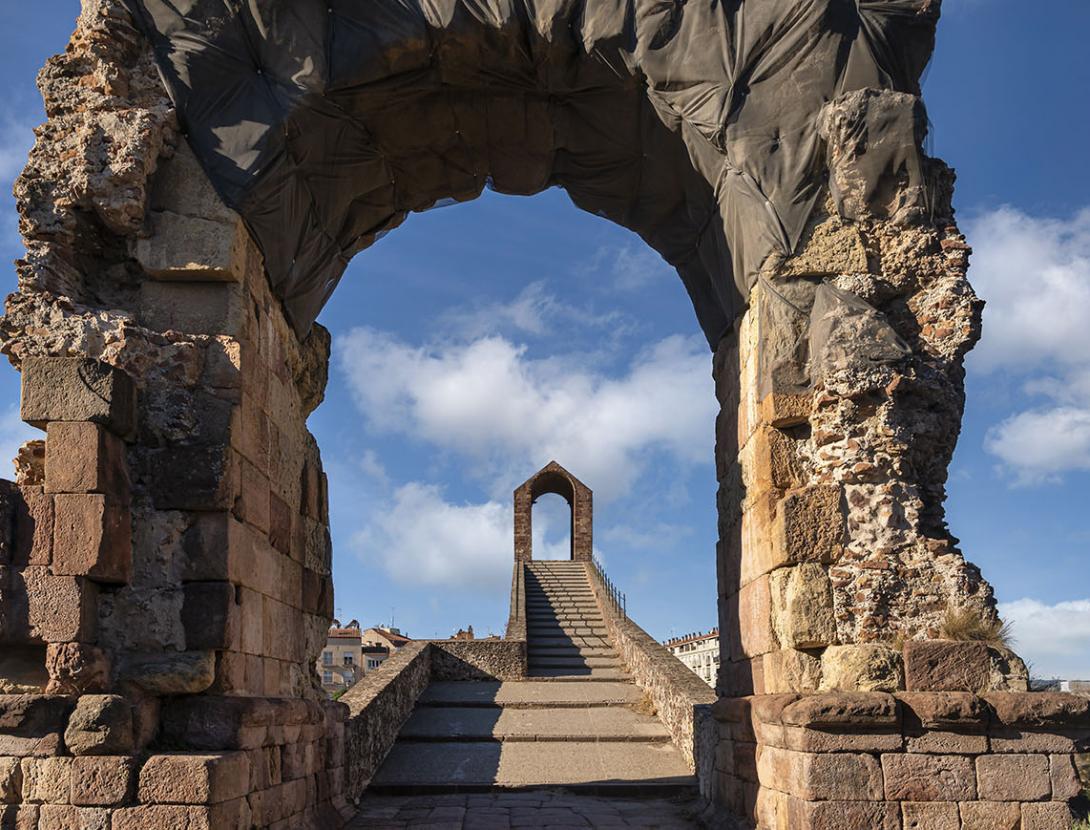- Inici
- Patrimoni i Modernisme
- Pont del Diable
Pont del Diable
The Devil’s Bridge is one of the remains that are kept as evidence of the Roman road network in the low part of the Llobregat and Anoia rivers zone. It’s located at the Congost del Llobregat (gorge entrance) just after the confluence with the Anoia River. It was raised towards the year 10 B.C. by the Roman legions III (Macedonica), VI (Victrix) and X (Gemina), according to the identified marks shown in some stone blocks, just when the new Via Augusta (roman road) -as a result of the foundation of the Iulia Augusta Paterna Faventia Barcino (Barcelone)- was carried out, at the end of the 1st century B.C. The bridge arch is this period most important proof which has been kept until now. The date of destruction of the Roman Bridge is ignored but we know for certain that, in 1283 the process of construction a gothic style new bridge, with a similar appearance to the present one was started. The bridge reconstruction, also called de Sant Bartomeu –because of the Romanesque chapel close to it – or stone bridge, was a great work and with the aim of building the bridge, money was collected and taxes prevailed for long. The road network transformation development, mainly from the XVIII century, caused numerous interventions on the bridge work and its surroundings, like the construction of the Headquarters of Cavalry. The bridge was blown up by the Republican Army when the soldiers were retreating nearly at the end of the Spanish Civil War. The works of reconstruction of the central Gothic arch began in 1961. The demolition of the houses affixed to the bridge end brought to light some remains of the Roman bridge wall and the old municipal slaughter house (1990), as well as the location of the Saint Bartomeu chapel archaeological remains.
Address
C. Sant Bartomeu, s/n
08760 Martorell Barcelona
Spain
City
Martorell
Services
Audiovisual
Classrooms for workshops
Store
Exposition
Educational offer for schools
Guided visits

